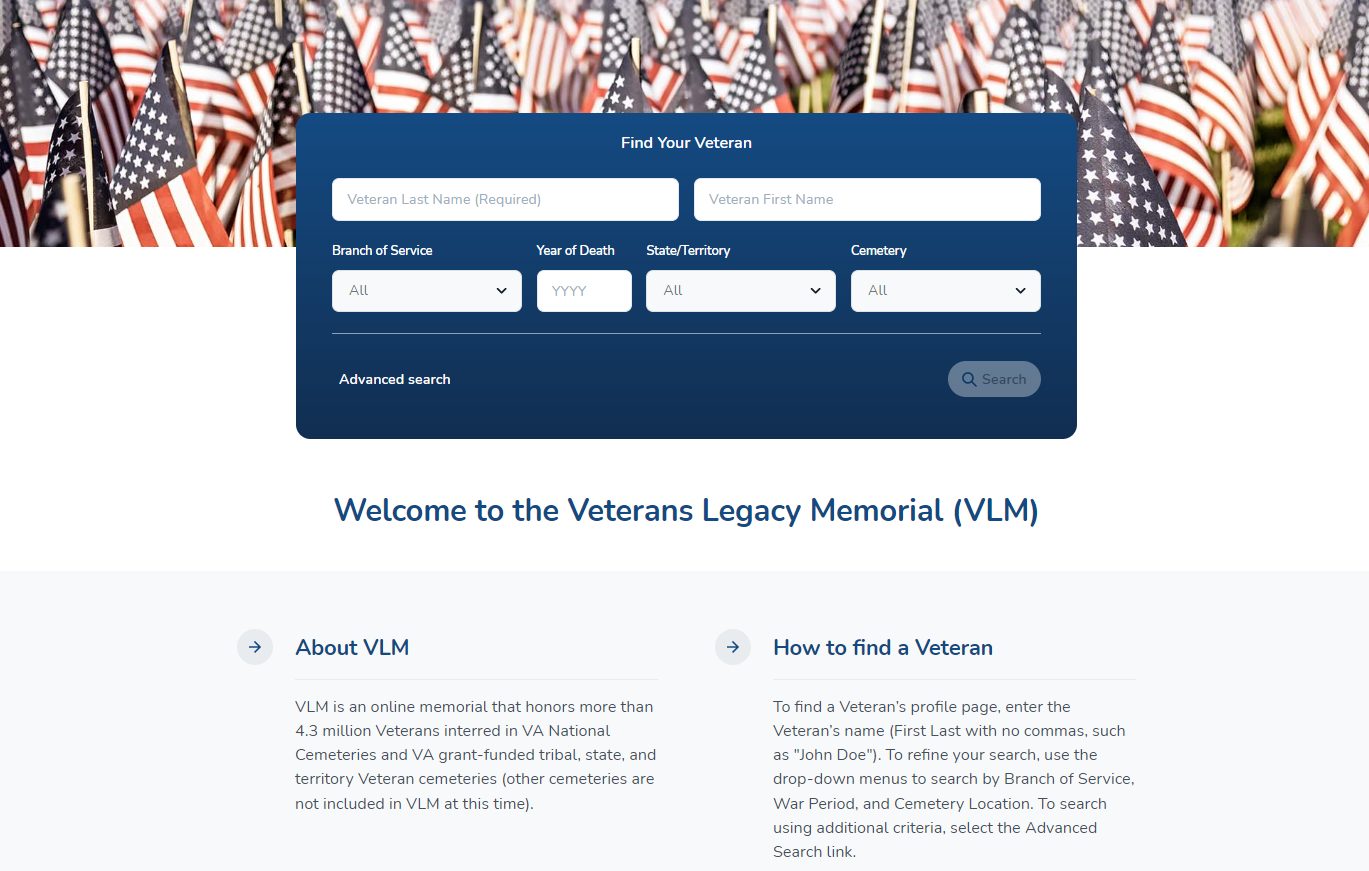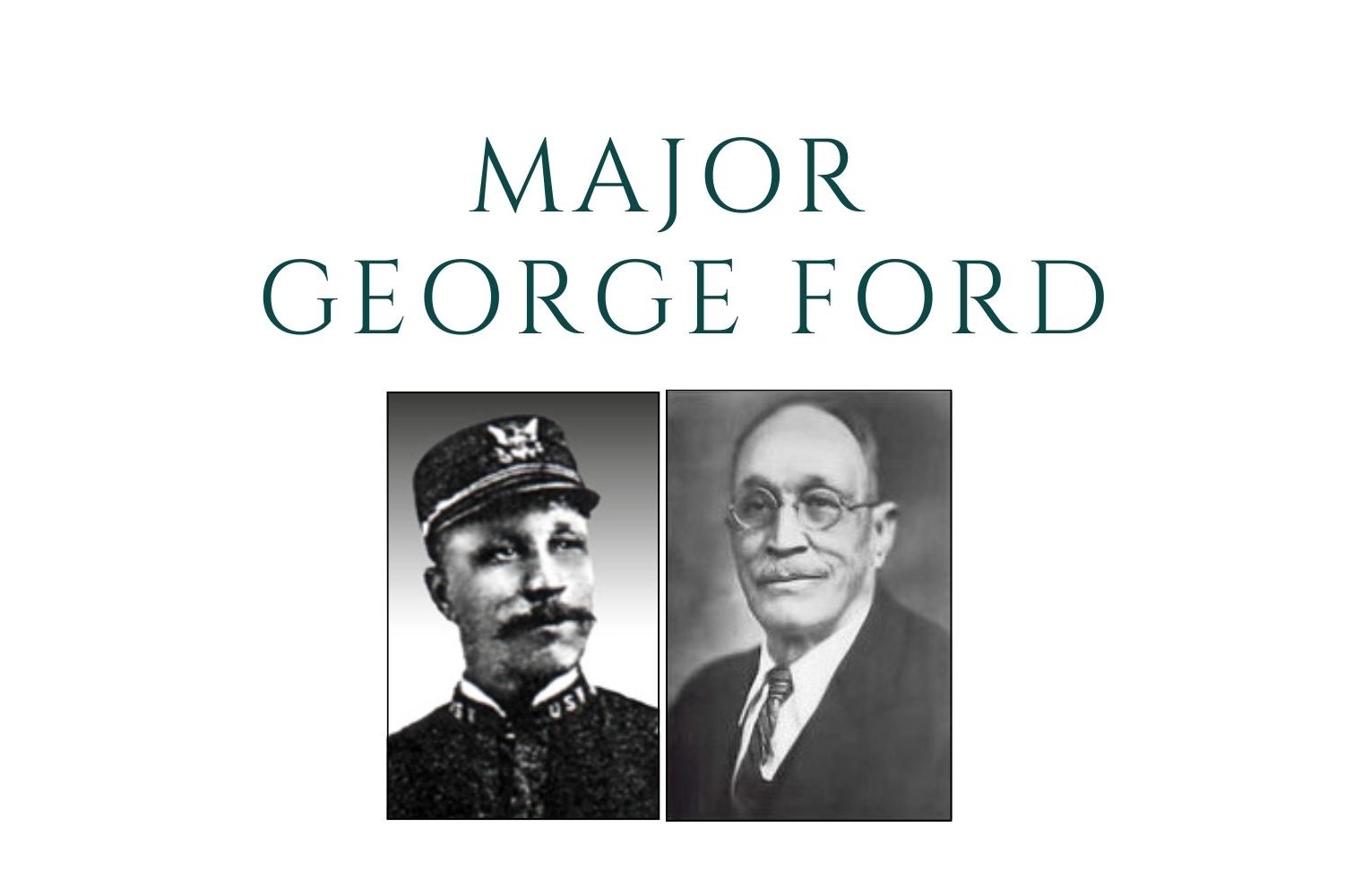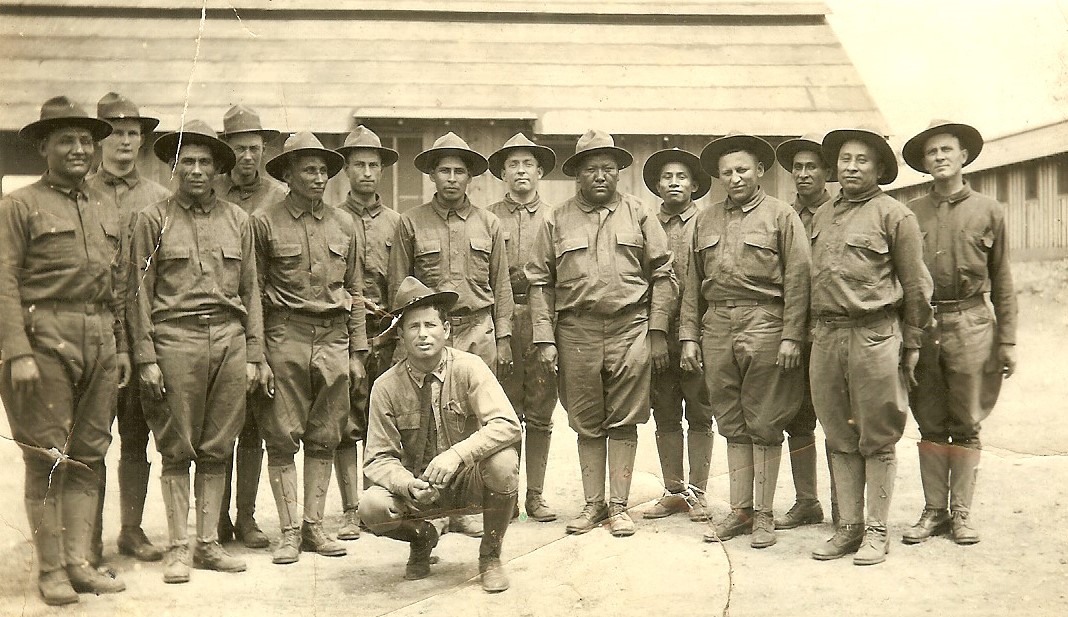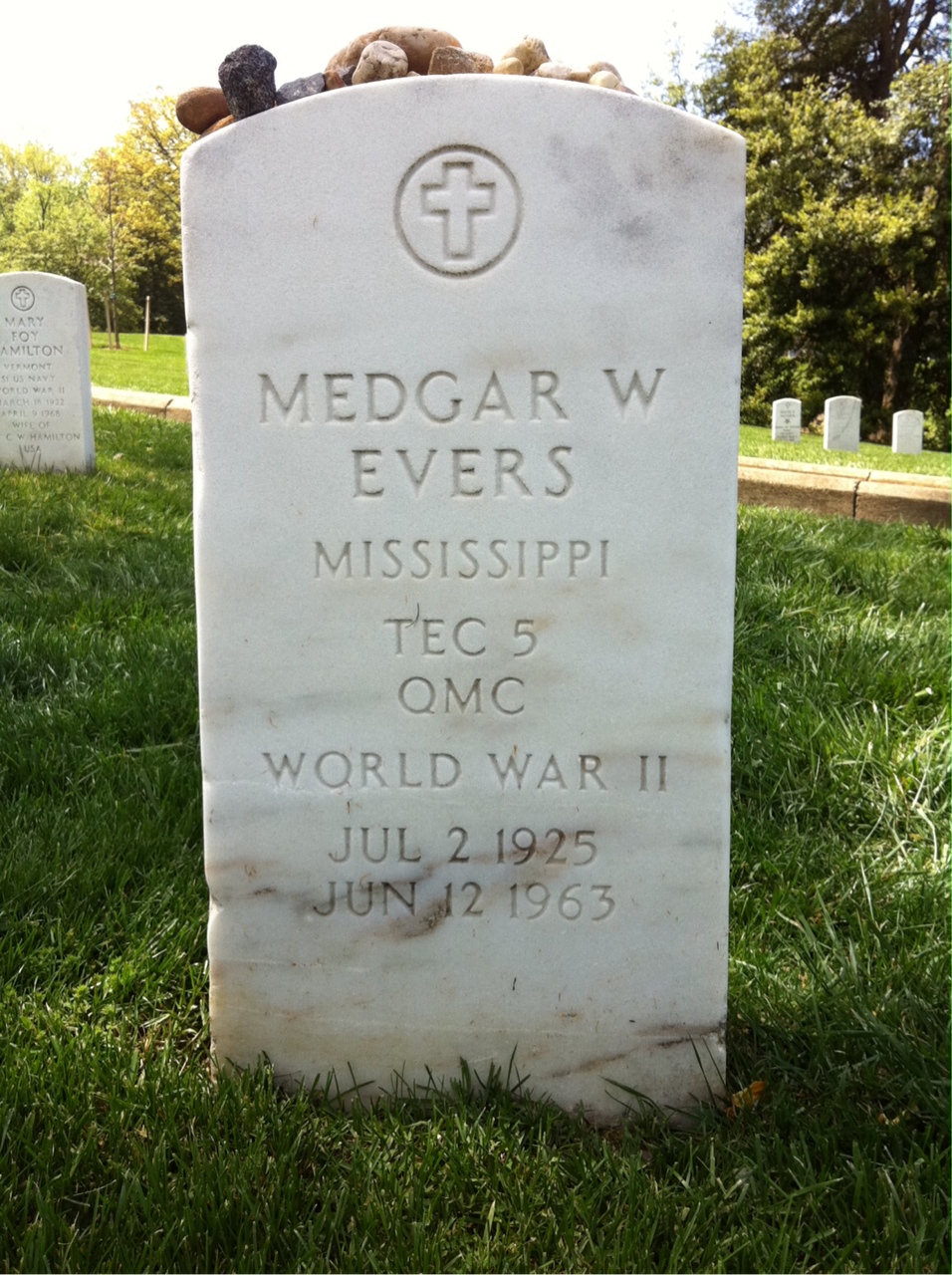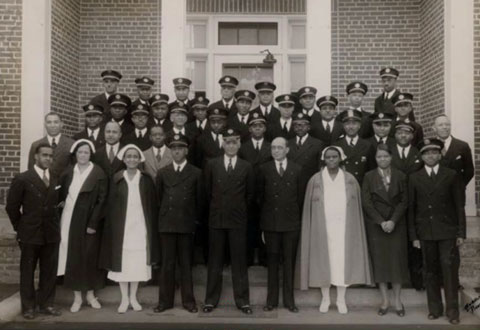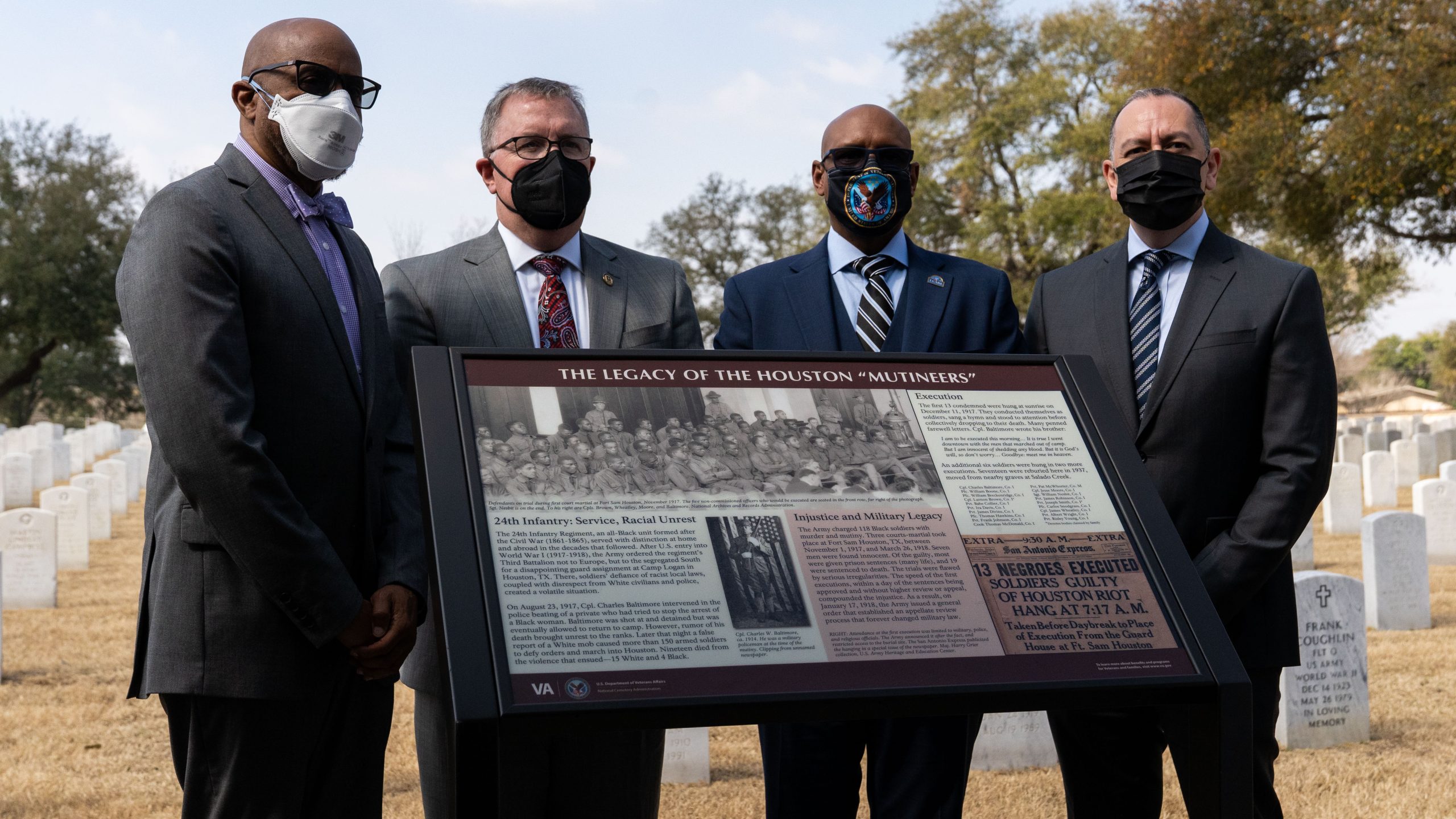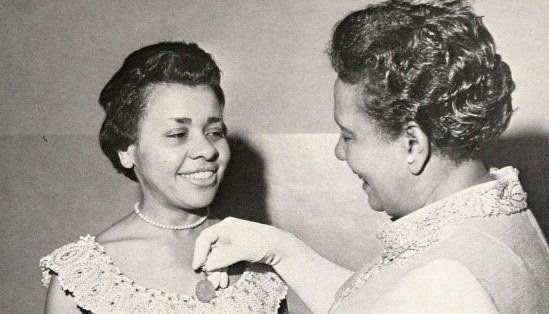Featured Stories
Dr. Sara (Sadie) Marie Johnson Peterson Delaney was a trailblazer in promoting libraries and literacy – and worked at what would eventually become today’s VA. She was the Chief Librarian of the VA hospital in Tuskegee, Alabama, for 34 years.
Featured Stories
The Memphis VA Medical Center was officially renamed the Lt. Col. Luke Weathers, Jr. VAMC after the Memphis native and Tuskegee Airman who served in World War II and was the city's first African American air traffic controller.
History of VA in 100 Objects
In 2019, VA’s National Cemetery Administration (NCA) launched the Veterans Legacy Memorial (VLM), an innovative, interactive web site with memorial pages for more than 4.5 million Veterans. VLM utilizes the millions of records contained within NCA’s Burial Operations Support System database. Each Veteran’s memorial page is populated with information about his or her military service and place of burial.
Featured Stories
Frank Hines was the longest tenured VA leader, from 1923 until 1945 and end of World War II. He led two different Veteran agencies, first the Veterans Bureau and then the Veterans Administration. Despite constant challenges and changes to the system, he was a stable leader for a new federal agency.
Featured Stories
George Ford was a Veteran of the famed "Buffalo soldiers" after the Civil War. A U.S. law gave preference to employ Veterans to oversee the growing cemetery system for Union dead. So in 1878, Ford became one of the first Black Veteran superintendents of a national cemetery.
History of VA in 100 Objects
To help with manpower shortages in the Civil War, President Lincoln authorized recruiting of "men of color" in 1862, using posters called broadsides to advertise the call to arms.
History of VA in 100 Objects
At the start of the Great War in 1914, only about half of the 300,000 Native Americans in the United States were citizens. Although the Fourteenth Amendment granted citizenship to all “persons born or naturalized in the United States,” it did not apply to Native Americans because they fell under the jurisdiction of tribal authorities rather than the U.S. government
History of VA in 100 Objects
Just after Christmas in 1864, African American soldiers recuperating at the United States Colored Troops (USCT) L ‘Overture General Hospital in Alexandria, Virginia, submitted a petition for the right to burial alongside their White counterparts in the city’s Soldiers' Cemetery, one of the first national cemeteries established by the U.S. government during the Civil War.
Featured Stories
Medgar Evers was a champion of Black Civil Rights in the mid twentieth century. His mission to change racial discrimination in America was fueled by his upbringing and tenure in the military.
History of VA in 100 Objects
To accommodate the growing number of African American Veterans in the south following World War I, the Veterans Bureau opened the Tuskegee Veterans Hospital in 1923 reserved exclusively for their use. Originally called the “Hospital for Sick and Injured Colored World War Veterans,” the installation was staffed entirely by Black doctors and nurses.
Featured Stories
On February 22, 2022, the National Cemetery Administration unveiled a wayside sign at Fort Sam Houston National Cemetery near seventeen graves of Black World War I soldiers from the 3-24th Infantry executed by the Army as mutineers after a violent, racially driven melee in Houston. The events led to an immediate, historic change to the courts-martial appellate-review process on January 17, 1918.
Featured Stories
In 1980 Vernice Ferguson was named head of VA’s Nursing Service, the nation’s largest nursing system with 60,000 professionals. She was African American. Only sixty years earlier, the first Black nurses were hired to care for Veteran patients. Ferguson was a teacher, leader, and advocate for racial parity at VA.




